Large emus are flightless birds ranging in size from 150 to 190 centimeters, usually living alone. They weigh between 30 and 45 kilograms. The habitat of the large emu, which is active during the day, is open eucalyptus forests and plantations, moorlands and, less commonly, dry plains or deserts throughout Australia. It is estimated that between 100,000 and 200,000 of these birds live in western Australia today – slightly more than when they were still hunted.
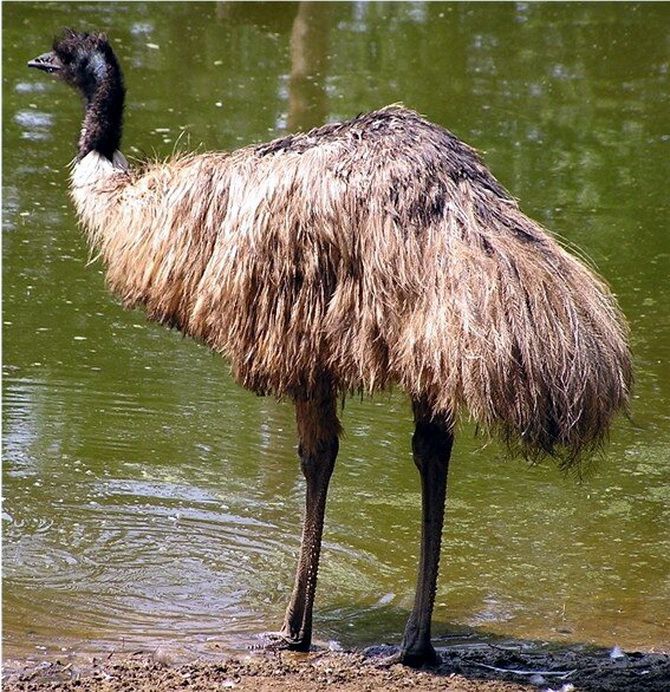
Emus, with the exception of breeding males, are sedentary. During the day, they cover long distances in search of food, using plants originally growing in Australia, as well as introduced by Europeans. One of the adaptations to the emu’s habitat is the ability to accumulate large reserves of fat.
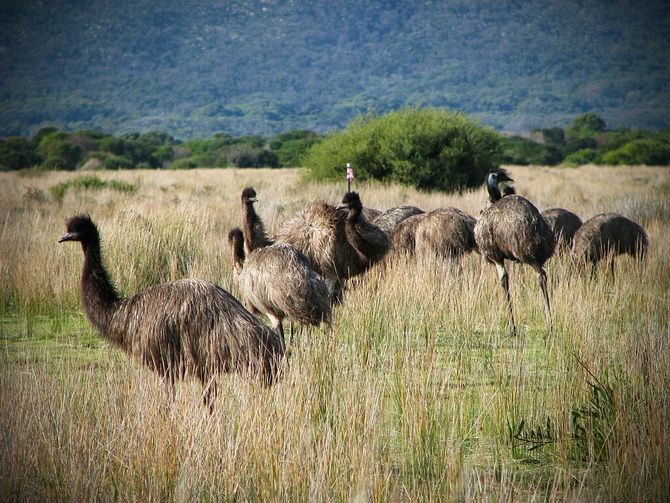
Since they have to search for water every day, they often move towards the formation of storm fronts. If food supplies run out, their search expands, and then emus, usually living alone, unite with other relatives. Today, herd formation is almost non-existent, as water shortages have been reduced thanks to artificially created reservoirs.
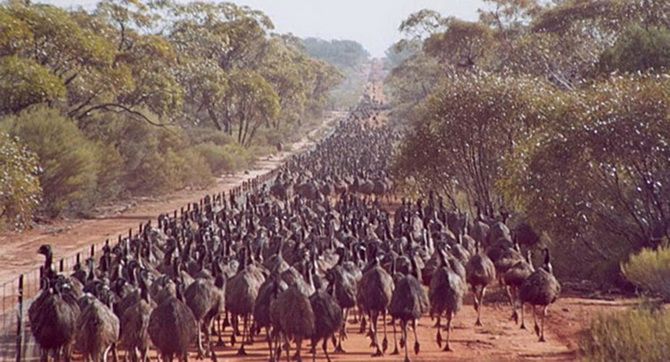
War
Emu herds appeared in Western Australia in 1932 due to a prolonged drought and extreme heat. During their migration period, they invaded the farmlands of the settlers and caused damage to the wheat fields around Campion and Walgoolan. The herd size was estimated at about 20,000 animals. In search of food and water, they wandered through the wheat fields and trampled them down. As wheat prices plummeted after the Great Depression of 1929, their behavior threatened the livelihoods of the settlers. Farmers who are former soldiers who settled under a government-sponsored program after World War I complained to the Western Australian government and demanded a military operation.
In response to their complaint, on November 1, 1932, three soldiers from the 7th Heavy Battery of the Royal Australian Artillery entered the fields near Campion. The major in charge of the operation was ordered by the Australian Department of Defense to purchase 100 emu skins for the headdress of the light cavalry.
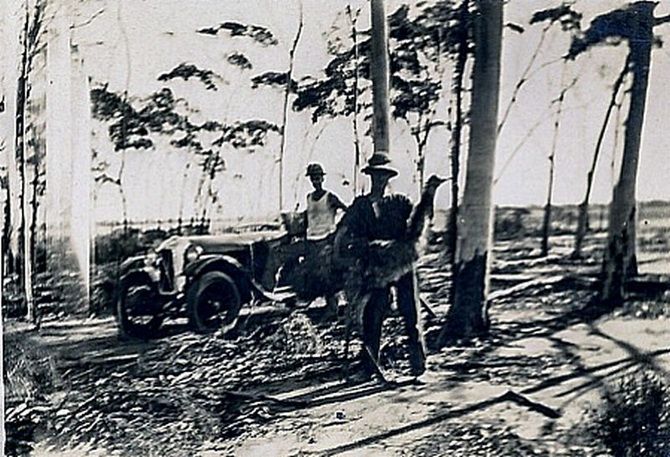
On November 2, 1932, Australian dailies reported the first machine gun shots fired at the emu and used the term emu war or emu war for the first time. In the early days, the military fired on the birds, but inefficiently used up a lot of ammunition, and soon after that the first phase of the operation ended.
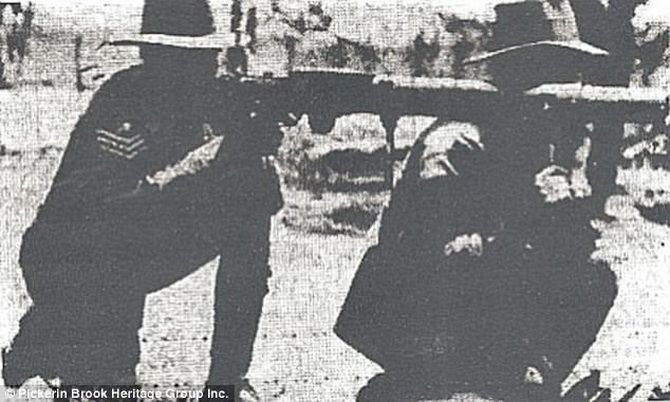
After the resumption of hostilities, soldiers armed with Lewis Gun light machine guns killed 40 individuals on 13 and 14 November. The next day, despite the large expenditure of ammunition, they failed to destroy a single bird. This was not surprising, since emus are capable of running at speeds up to 50 km / h. After receiving several non-lethal hits, they simply ran away. This is probably due to the fact that some bullets only penetrated the fatty layers of animals and did not kill them immediately.
The soldiers tried to change their tactics, but no positive result was achieved – the emus also changed their behavior, because now individual emu scouts were watching the area and, in case of danger, issued warning cries.
On December 2, Meredith reported that about 100 emus were being caught each week. In his December 10 report, he named 986 emus killed and suggested that another 2,500 killed birds died later. This ended the military operation against the emu, but the war continued for many decades.
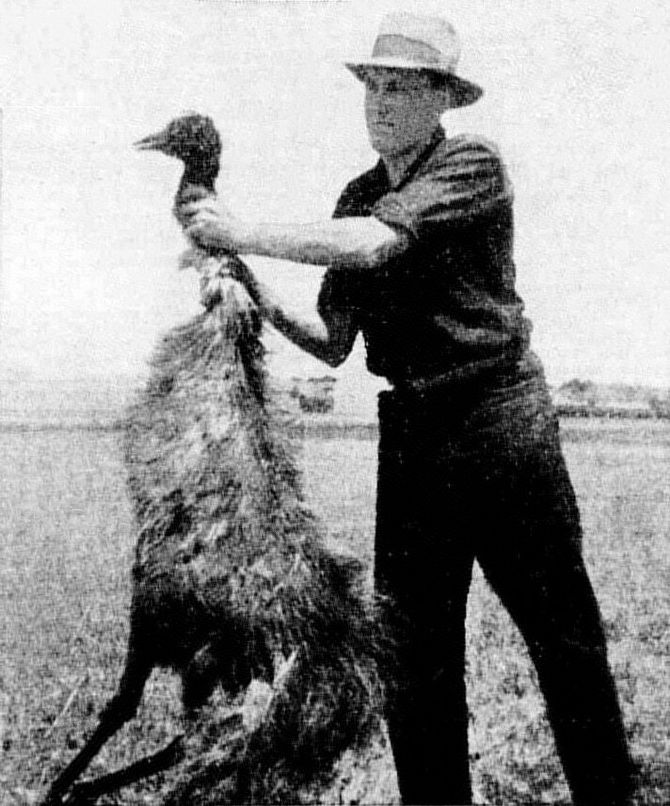
Situation in the following years
In 1934, 1943 and 1948, the settlers again requested military assistance from the government to remove the emus. This time, not only small arms were used against the “military units” of proud birds, poisons, rewards for collecting eggs and catching emus were used, but they all turned out to be in vain. Animals quickly adapted to new tactics and changed their behavior.
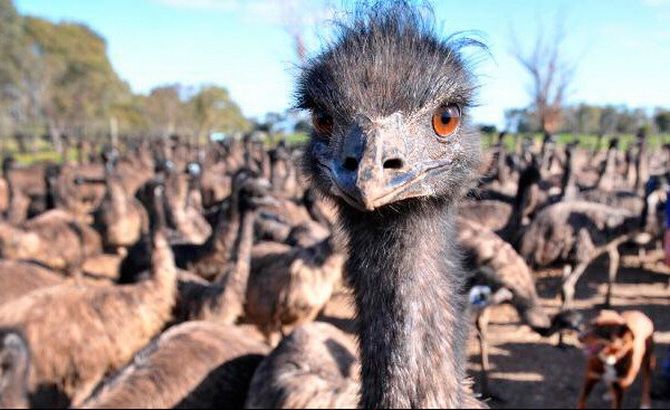
Therefore, in 1953, the Cabinet Office of the Government of Western Australia approved a decision to invest 52,000 Australian pounds in the construction of a 135 mile long emu fence. It was supposed to run south of the salt flats of Lake Moore in an east-west direction between fence No. 1 and No. 2 protecting from rabbits. The fence, begun in 1957 and completed in 1959, was named the Emu Lake Moor fence.
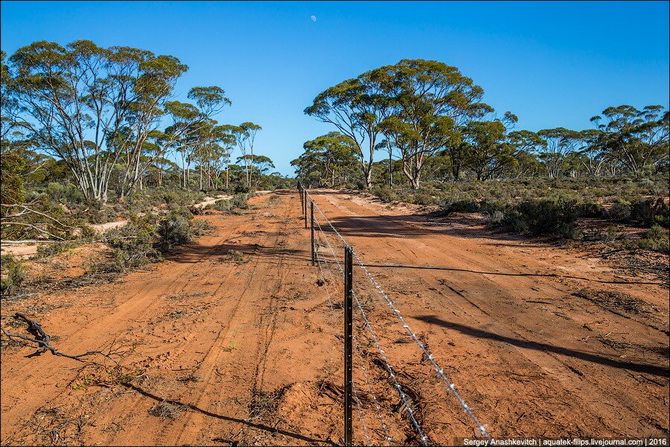
The historic rabbit fence, designed to keep out rabbits and dingoes, was built in the early 20th century. The Western Australian government recently provided AU$6.5 million to strengthen and expand it into what is known as the 1,170-kilometer ‘State Barrier Fence’ in the southwest of the country. The fence has been expanded due to political pressure from farmers who, in turn, fear that their crops could be threatened by emus and their livestock could be attacked by wild animals.
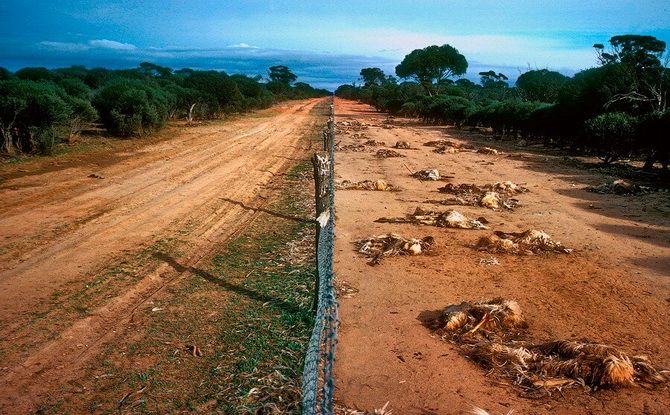
Environmental organizations now object to the fence, saying it does not take into account environmental factors that were not known when the earlier fence was built to protect against rabbits. Not only do emus die en masse trying to cross the government barrier and are often hunted by farmers, but the distances emus travel will have an ecological impact on biodiversity during climate change. Emu will spread the seeds of endangered plants and thus ensure their safety. The most serious drawback of the new fence is also the division of the territory into two conglomerates of 300,000 hectares and 16 million hectares and the reduction of the habitat of proud birds.







Only registered users can leave comments